[XCAR editor has something original to say]
For Japanese cars, if they are household names, I believe your first impression must be Honda, Toyota, Nissan or Mazda. No matter from the diversified product layout or the circulation of products in the market, the above brands are enough to hold up a world in the market. However, compared with these mainstream Japanese brands, there are also several Japanese brands with great personality competing in the market, namely Suzuki, Mitsubishi and Subaru, which we will discuss in this issue of Editor’s Talk. Let’s take a look at which products these three Japanese brands will rely on to make money in the domestic market in the future.
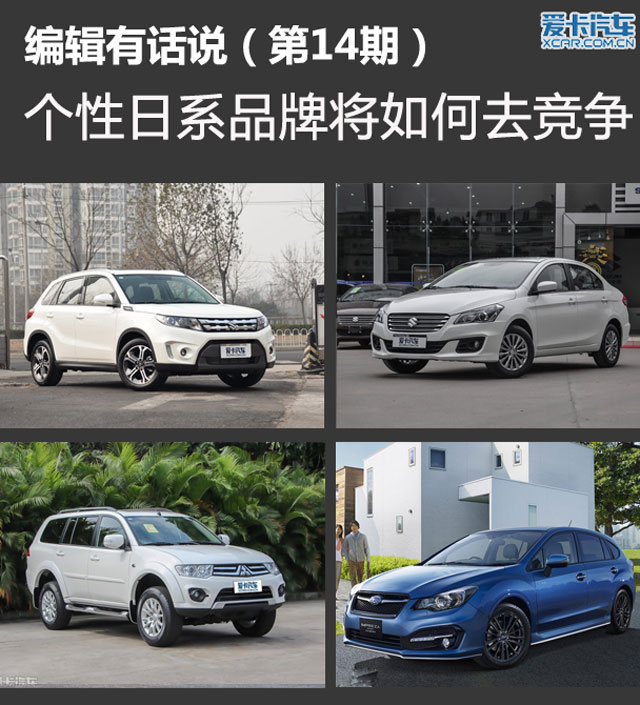
Suzuki’s self-salvation
Suzuki is no stranger to domestic consumers, and has been taking the small car route in the domestic market. Although its Jimny model belongs to a niche model, it was once talked about by off-road enthusiasts. However, with the domestic competition for value, space and personalized consumption environment, Suzuki’s small car strategy has deviated from the market. For many years, it seems that the only Suzuki cars we are familiar with in China are Alto, Antelope and Swift. Although Alto is now renamed as New Alto and its appearance is much more fashionable, it is still what we call "Little Alto". The two relatively new faces, Kai Yue and Feng Yu, have only come out in the past two years.
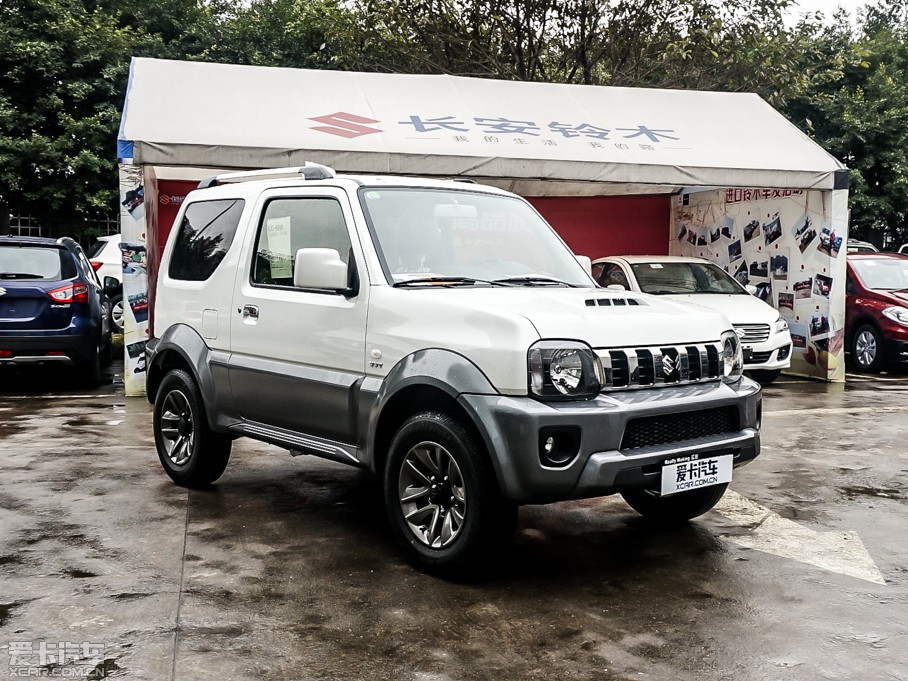
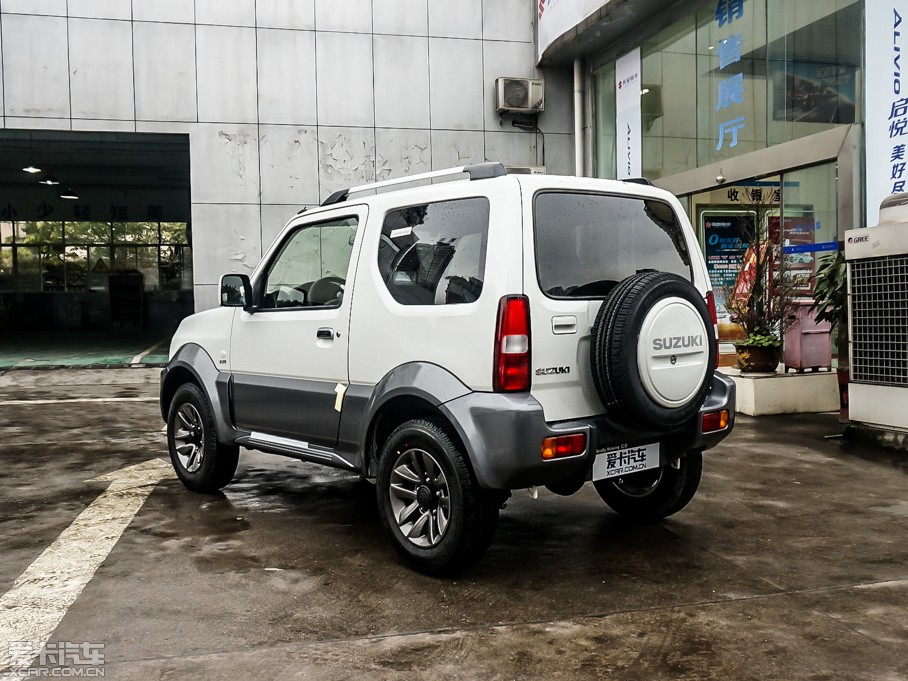
In addition, with the continuous decline of joint venture brand models and prices in recent years, independent brands have sprung up everywhere, and low prices are not limited to buying small cars. Compact or even mid-level cars may start with very low prices.
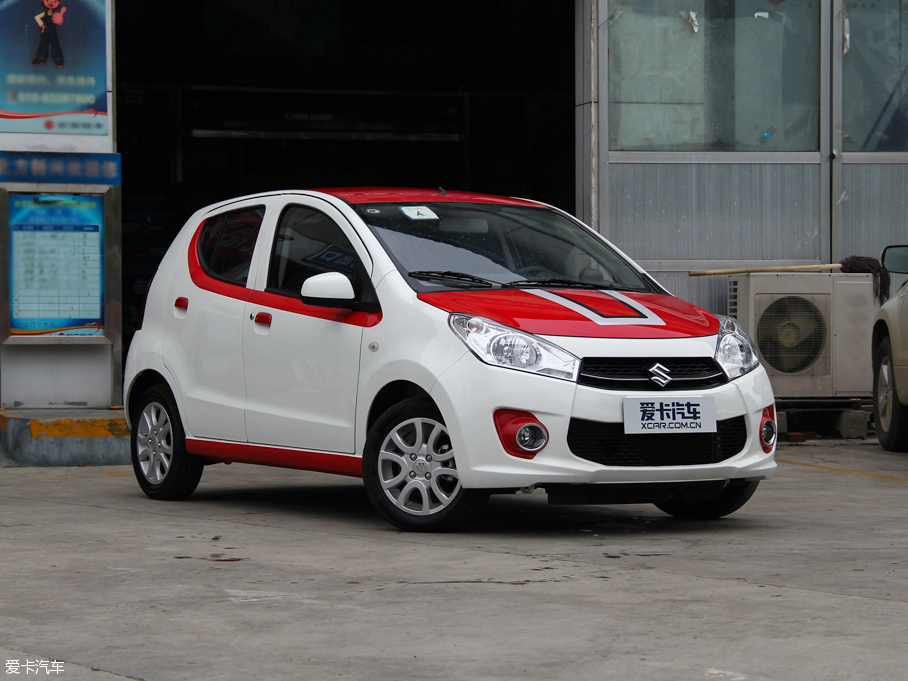
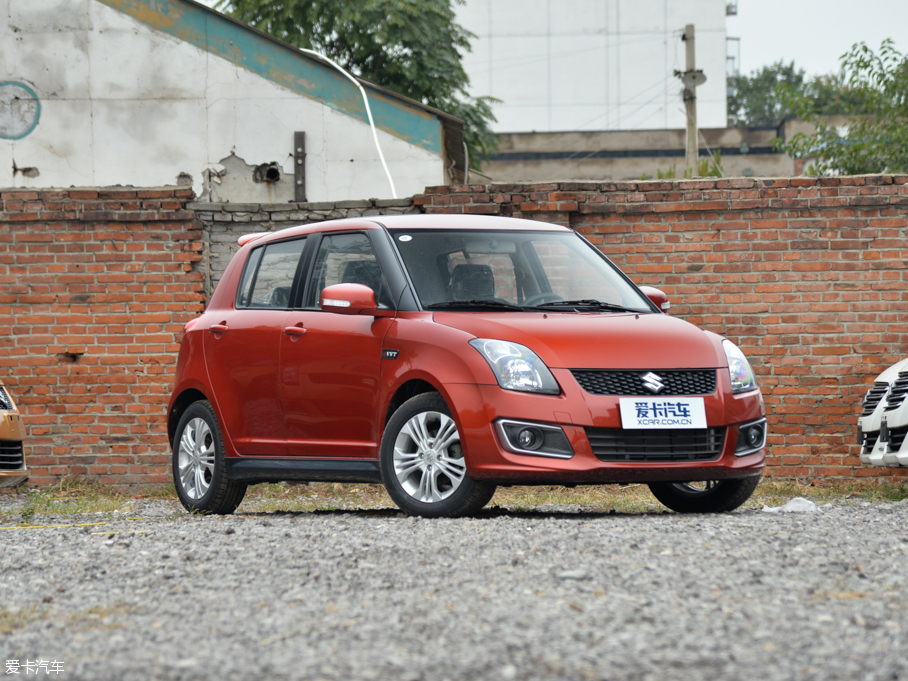
For the dilemma of the Chinese market, in 2015, Suzuki shifted its strategic focus in China to Chang ‘an, and then the "1855 Strategy" was officially put on the agenda, that is, from 2014 to 2018, five new cars will be launched within five years. If we scrutinize the practical significance of Suzuki’s strategy in China, it is that Suzuki’s future products will no longer be limited to mini-cars and small cars, but also play with compact cars with higher market share and small SUVs that are more popular nowadays.
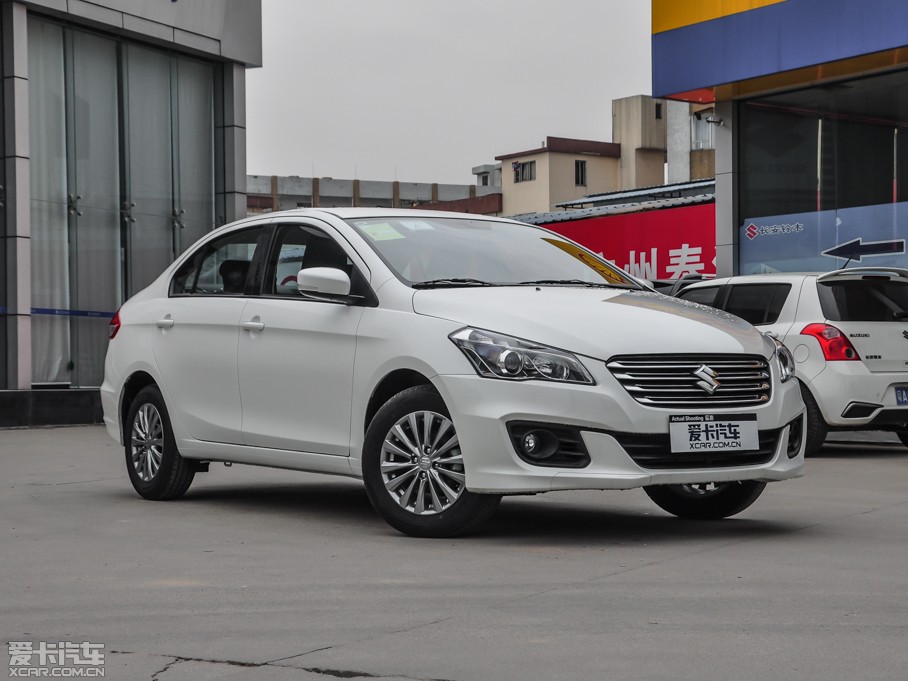
In 2014, Changan Suzuki launched a new compact car, Kaiyue. As a compact car for home users, Changan Suzuki can make up for its lack of brand influence with price. The moderate appearance, spacious interior space, sufficient power and affordable price have well grasped the psychological demands of ordinary consumers in China.
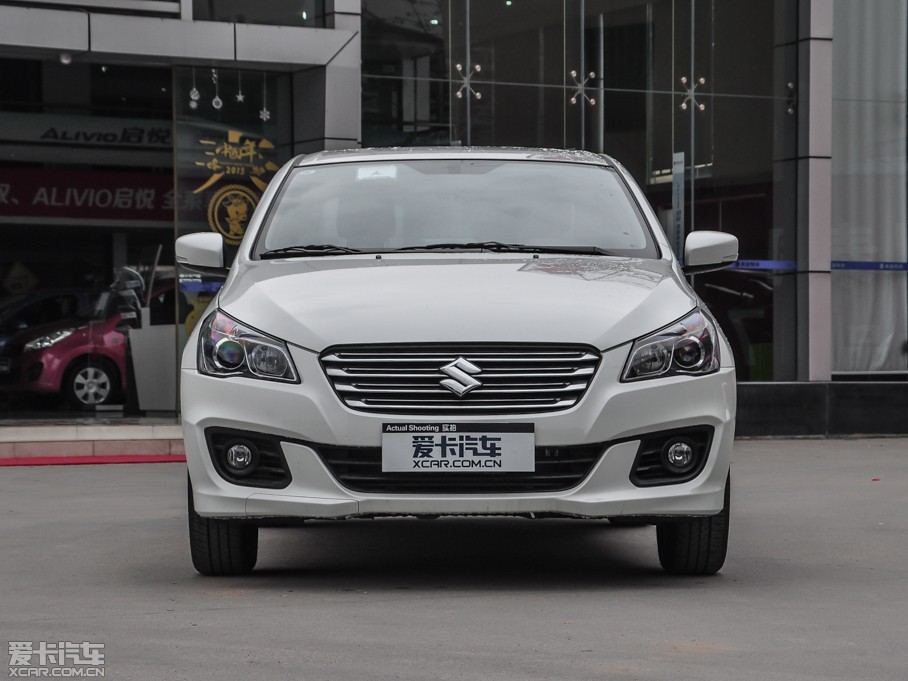
Qiyue entered the market at a low price to make up for its lack of brand influence, and promoted product sales with prices and benefits. However, since its listing in 2014, the sales situation of Kaiyue in China is not optimistic, and even it is gradually marginalized in the compact market. In the past, it was regarded as the "pillar" of Changan Suzuki, and it did not play a key role. Moreover, if the compact market is lost, it will be a big loss for Changan Suzuki.
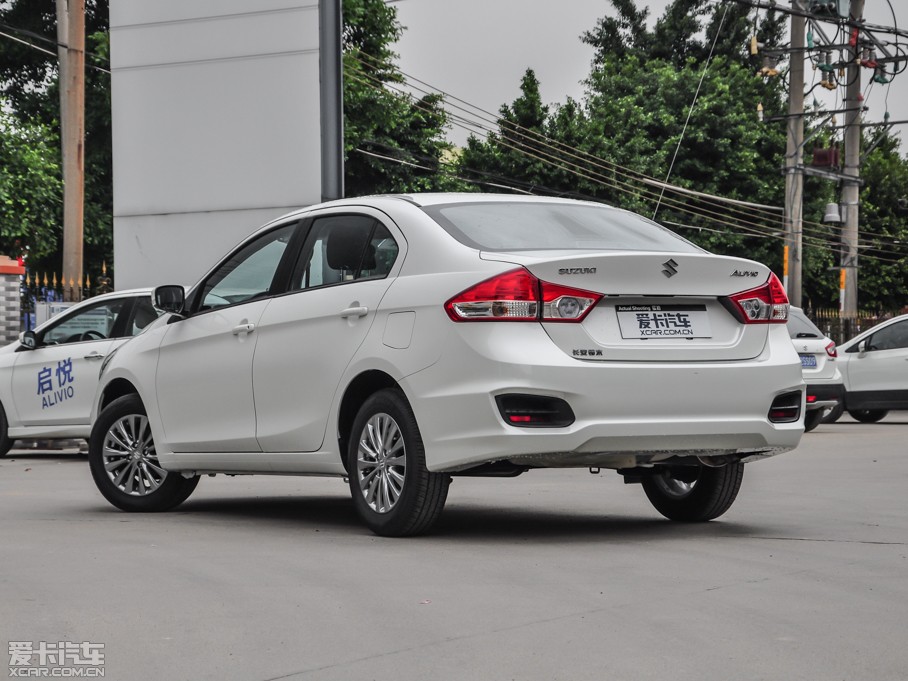
The advent of Qiyue is only the tip of the iceberg of Suzuki’s strategy in China. In 2015, Changan Suzuki went public in Vitera. This was after the cross-border SUV Fengyu once achieved good market feedback, Changan Suzuki made product layout in the small SUV market with great demand.
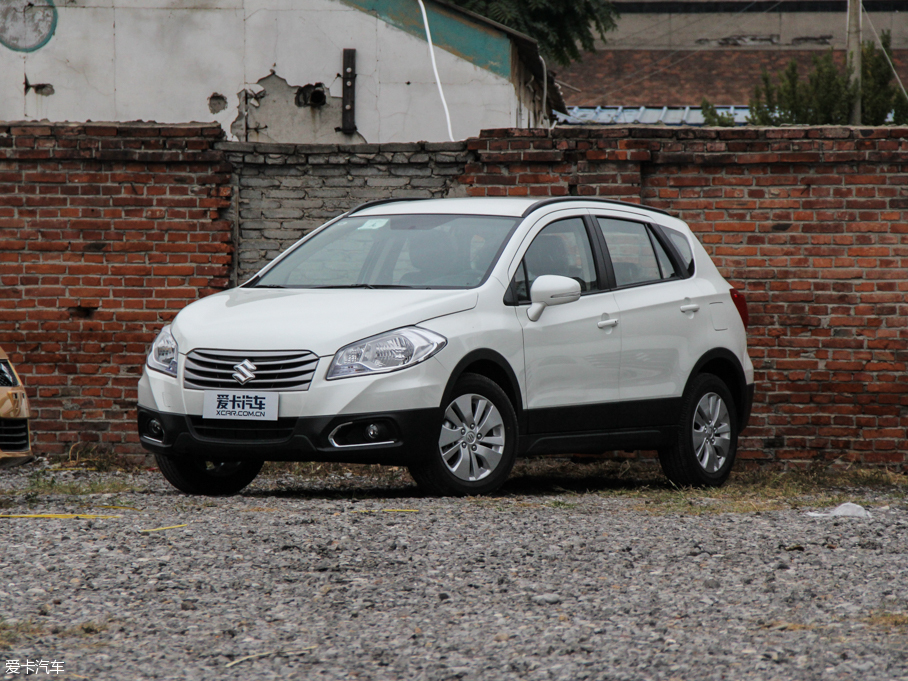
Changan Suzuki Vitera is a small SUV with great brand personality. The new car inherits Suzuki’s classic hard-core style, and adopts double banner air intake grille. The front line is rough and sharp, and the lower part of the middle net extends downward through trapezoidal lines, further strengthening the solid and tough characteristics of Vitera. A waistline full of strength on the side of the car extends from the front to the rear, while the two-color car body with dynamic rim modeling adds a bit of fashion to it. The rear line of the car is simple and bright, and the irregular hexagonal taillights also add a touch to the new car.
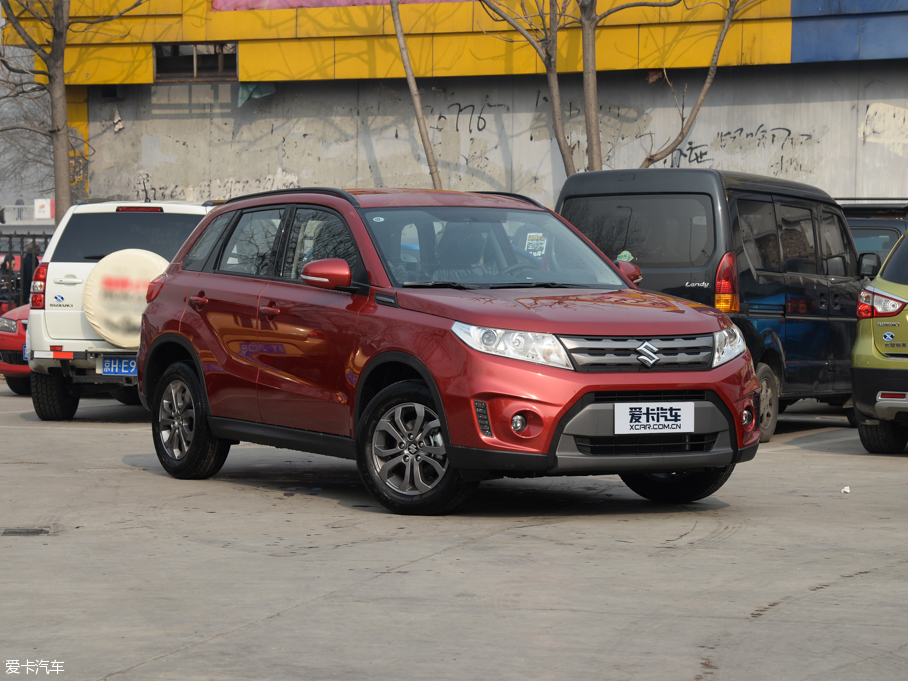
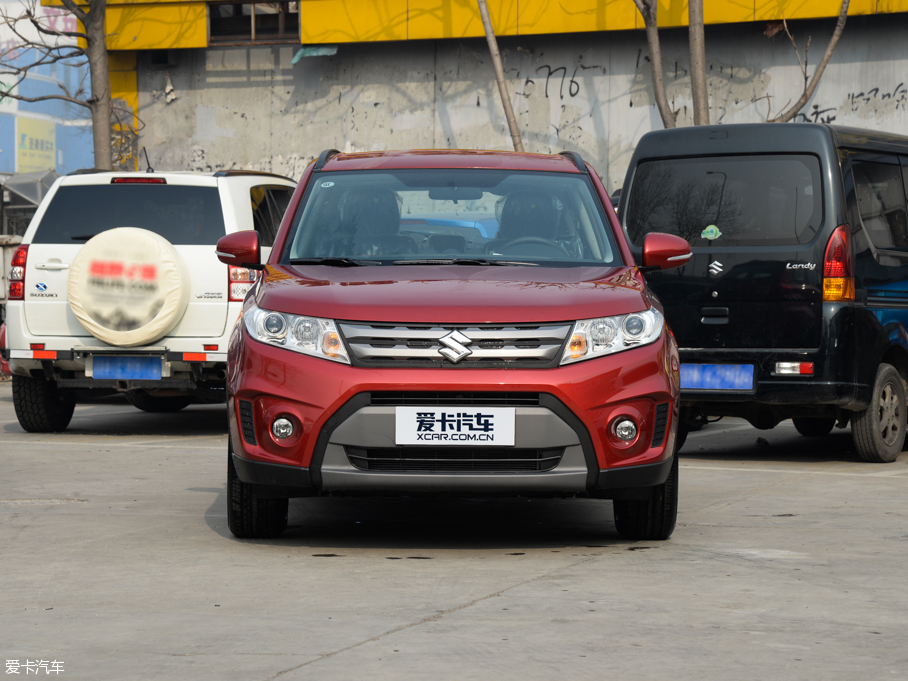
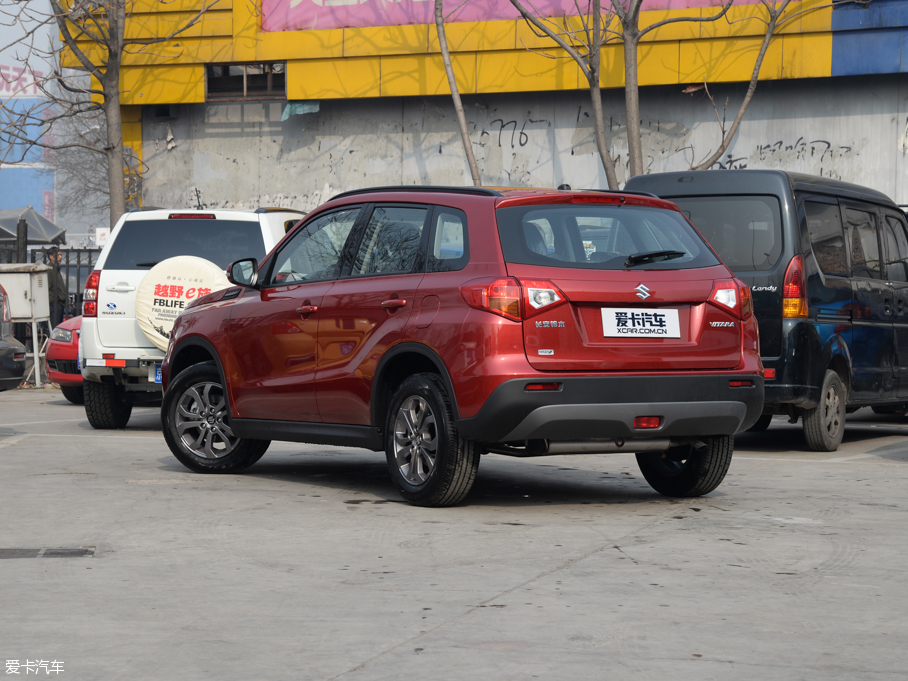
Changan Suzuki’s new Vitera has a length/width/height of 4175/1775/1610mm and a wheelbase of 2500mm respectively. According to different configurations, six models will be launched, and there are three power schemes: 1.6L+5MT, 1.4T+6MT and 1.4T+6AT.
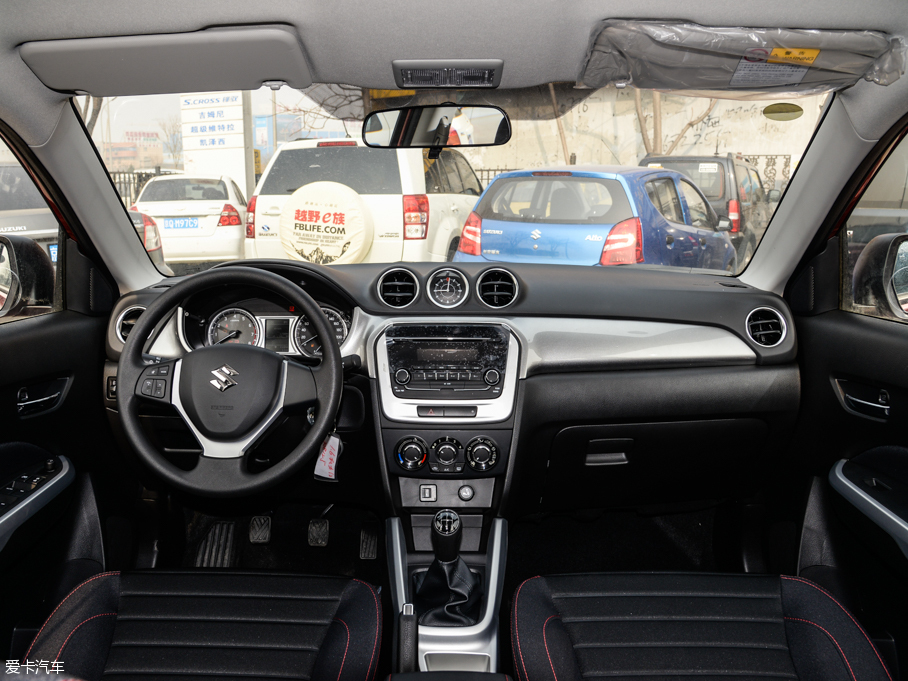
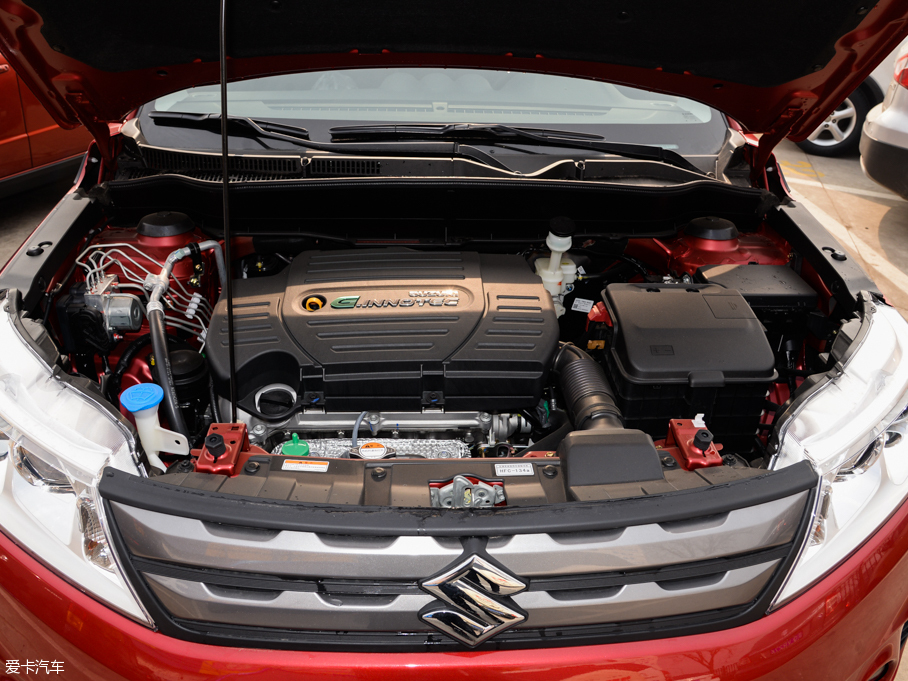
Since the first generation of Vitera went on the market in 1988, the style of urban off-road SUV has never been lost. Now the car has embarked on the road of localization, and its personalized design is mainly aimed at the main consumer groups after 1980s and 1990s, which shows that Suzuki attaches great importance to the small SUV market. For Suzuki, who is in hindsight, Vitera is also expected to become its most profitable product.
Summary:Long-term product shortcomings have led to Suzuki’s failure to establish brand competitiveness to compete with mainstream Japanese cars in China. With the implementation of the new product strategy, Suzuki will share different market segments. According to previous news, Suzuki will launch products in the B-class car market to supplement its product line in the future, but at present, Suzuki’s pillar product in China is still Vitera.